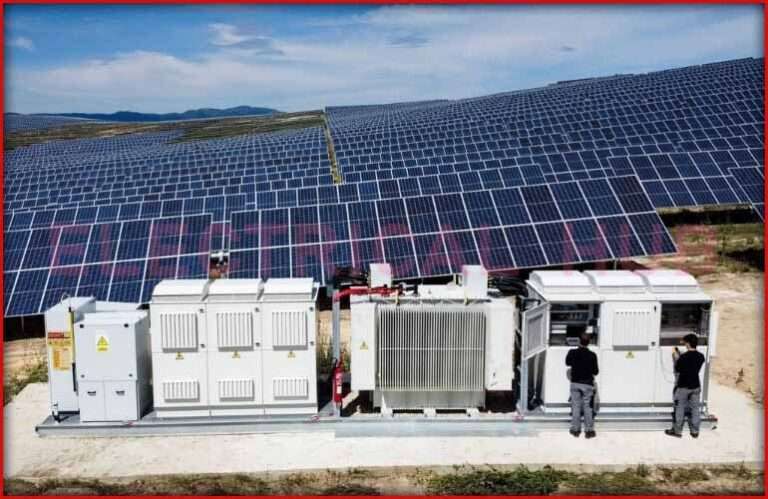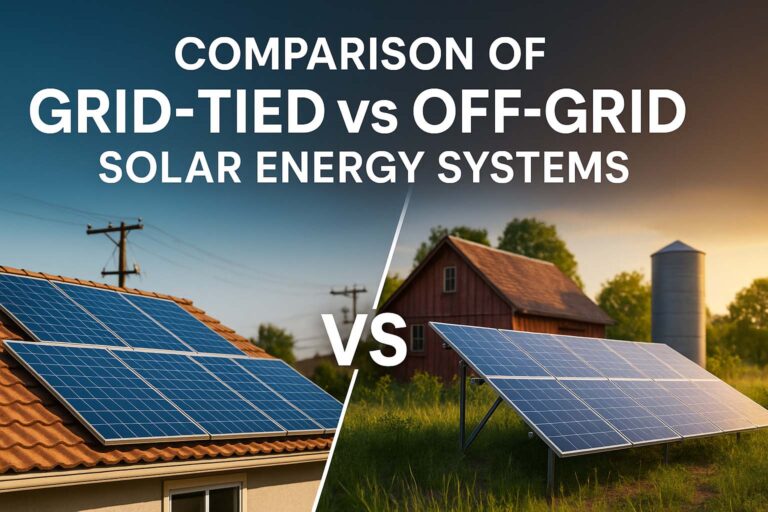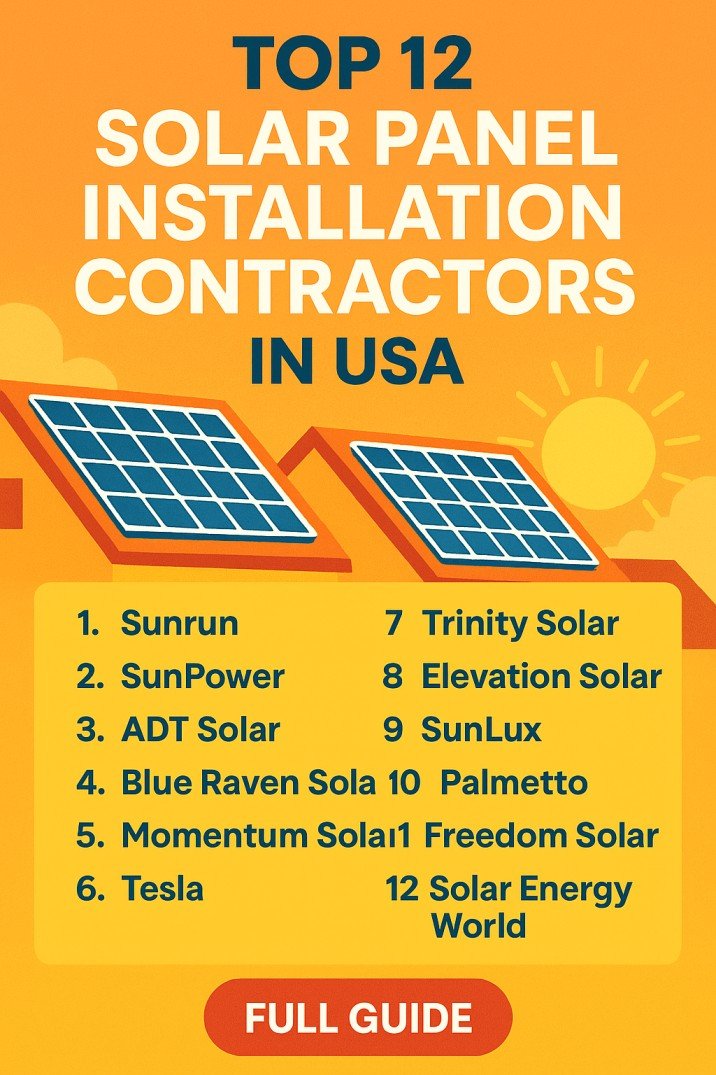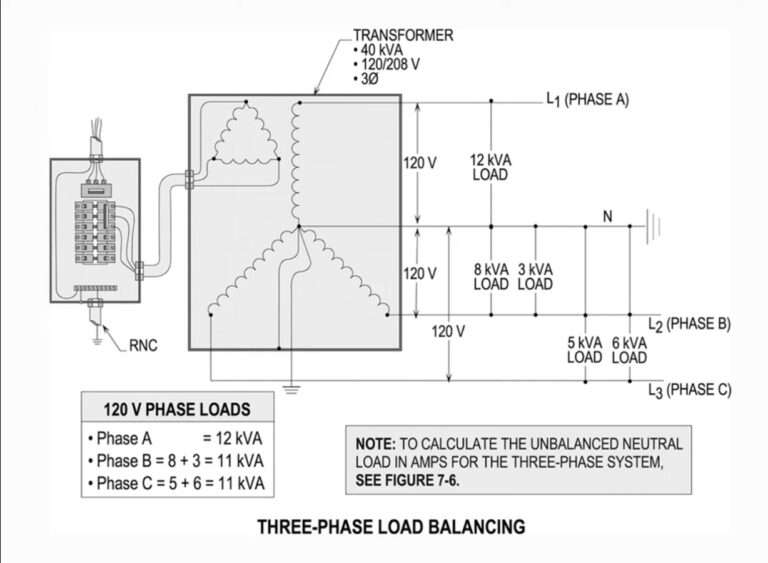Inverter Size Calculator Guide: Choose the Right Capacity for Your Needs
Selecting the right inverter capacity is one of the most important steps in designing a reliable backup or off-grid power system. An inverter’s size directly affects how much load it can handle, how efficiently it operates, and how well it meets your energy needs. Choosing an inverter that is too small will cause frequent overload shutdowns, while an oversized one could waste energy and increase costs unnecessarily. This detailed inverter size calculator guide will help you understand how to match your inverter’s capacity to your actual power requirements, with technical insights and practical examples.
Table of Contents
Table of Contents
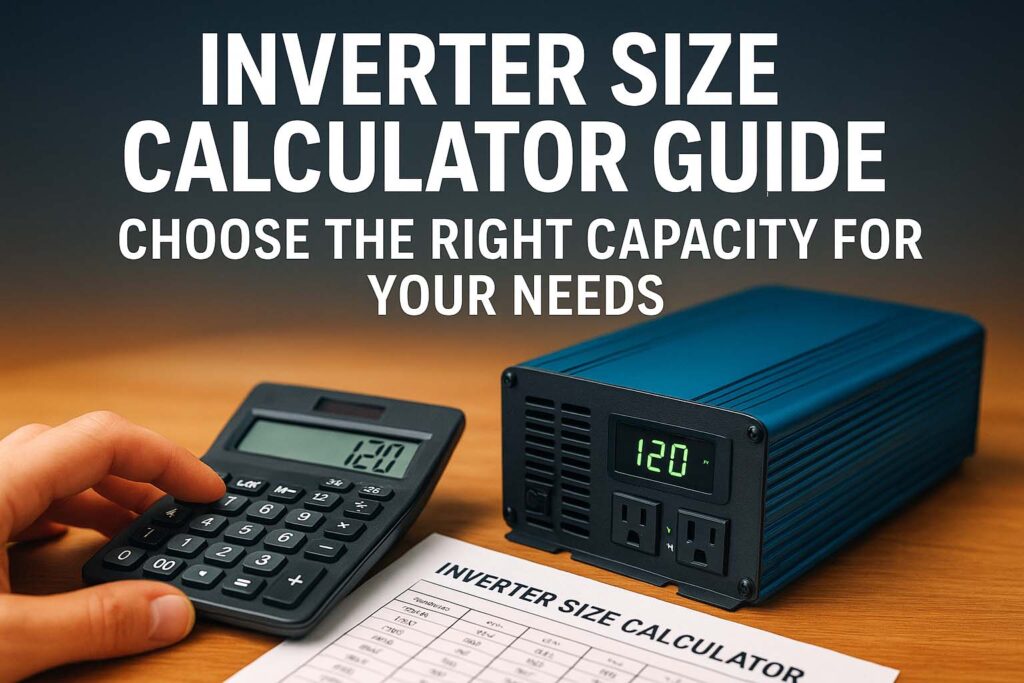
Inverters work by converting DC power from batteries or solar panels into AC power for household or commercial appliances. The size of an inverter is measured in watts (W) or kilowatts (kW), and the right selection depends on the total load you plan to run, including both continuous and surge power needs. Factors like appliance efficiency, startup currents, and future expansion should also be considered before finalizing the size.
Before diving into technical calculations, it’s worth noting that inverter sizing is not just about the total wattage. The type of load (resistive or inductive), the inverter’s efficiency rating, and whether you want to run all appliances simultaneously or selectively all affect the final choice. A well-planned selection will ensure stability, reduce wear on components, and extend the lifespan of your power system.
Key Takeaways
- Always size your inverter for both continuous and surge load requirements.
- Use an inverter capacity chart as a reference, but verify with your actual appliance ratings.
- Factor in efficiency losses and future load growth when selecting an inverter.
- A solar inverter size calculator can give you a quick and accurate recommendation.
Understanding the Basics of Inverter Capacity
Inverter capacity is usually expressed in VA (volt-amperes) or watts. For purely resistive loads like lights and heaters, VA and watts are the same. But for inductive loads like refrigerators, pumps, or motors, power factor must be considered. In simple terms, the power factor reduces the usable wattage you get from the rated VA of the inverter. For most household applications, a power factor of 0.8 is common. This means that a 1000VA inverter can typically handle around 800 watts of load.
Use our online tool Circuit Breaker Size Calculator for Appliances
To determine the inverter capacity, you need two main figures: the total running wattage of all appliances you plan to use and the maximum starting wattage of any motor-based appliance. Starting wattage can be up to 2–3 times the running wattage for certain devices like compressors and pumps.
How to Calculate the Right Inverter Size
Let’s go step by step. First, list all appliances you want to run. Write down their watt ratings, which you can find on the manufacturer’s nameplate or manual. Then, sum up the running watts. Next, check which appliance has the highest starting wattage. Add this surge requirement to your total running load to determine the peak capacity the inverter should handle.
Example:
| Appliance | Running Watts | Starting Watts |
|---|---|---|
| LED Lights (10) | 100 | 100 |
| Ceiling Fans (3) | 210 | 630 |
| Refrigerator | 200 | 600 |
| Laptop (2) | 200 | 200 |
| Water Pump | 500 | 1500 |
Total Running Watts: 1210 W
Highest Surge Appliance: Water Pump at 1500 W
Peak Load = Total Running Watts – Watts of Pump + Pump Surge Watts
Peak Load = 1210 – 500 + 1500 = 2210 W
This means you need an inverter with at least 2.5 kW capacity to handle this load comfortably, factoring in efficiency losses and a safety margin.
Use our online tool Watt to Amp Calculator (Single & Three-Phase): Best Tool
Inverter Capacity Guide for Common Household Loads
While calculations give the most accurate result, an inverter capacity chart is helpful for quick reference.
| Inverter Capacity | Suitable For | Example Loads |
|---|---|---|
| 800W – 1 kW | Small homes with basic loads | Lights, fans, laptop, TV |
| 1.5 – 2 kW | Medium homes | Lights, fans, refrigerator, computer |
| 2.5 – 3 kW | Larger homes or small offices | All above plus washing machine, pump |
| 3.5 – 5 kW | Large homes or commercial | Multiple appliances, AC, water pump |
Remember, these values assume that not all appliances run at the same time. If you want to run everything simultaneously, choose a higher capacity.
Surge Power vs Continuous Power
Every inverter has two capacity ratings: continuous and surge. Continuous rating is what it can handle indefinitely, while surge rating is the short-term overload it can manage, usually for a few seconds. Motor-based appliances can cause a sudden spike in power demand at startup, which can be 2–3 times the running wattage. If your inverter’s surge capacity is too low, it may shut down even if your continuous load is within limits.
Efficiency and Power Factor Considerations
No inverter is 100% efficient. Most good-quality models range between 85% and 95% efficiency. This means you must size your inverter slightly higher than your load requirement. For example, if your total load is 2000 W and your inverter is 90% efficient, you will need:
Use our online tool AWG to mm² Calculator – Convert Wire Sizes Easily and Accurately
Required Capacity = Load / Efficiency
= 2000 / 0.9
≈ 2222 W
Also, consider the power factor. A lower power factor means more apparent power is required for the same real power. This is particularly important when dealing with heavy inductive loads.
Using a Solar Inverter Size Calculator
If you want an accurate result quickly, you can use a solar inverter size calculator. This tool factors in your total load, surge requirements, efficiency losses, and even your solar panel configuration to recommend the right capacity. For example, you can calculate your inverter size here by entering your appliance list and power ratings into an online tool. The calculator instantly estimates your required inverter size and also suggests compatible battery capacities.
Planning for Future Expansion
It’s always wise to choose an inverter with at least 20–30% extra capacity beyond your current needs. This ensures that as you add more appliances in the future, you won’t need to replace your inverter. For example, if your load calculation shows 2000 W, selecting a 2.5–3 kW inverter will future-proof your system.
Technical Tips for Selecting the Right Inverter
- Check Output Waveform: Pure sine wave inverters are best for sensitive electronics, while modified sine wave units are cheaper but may not work well with all devices.
- Look at Voltage Options: Choose an inverter that matches your battery bank voltage (12V, 24V, or 48V). Higher voltages are better for larger systems.
- Consider Battery Capacity: Your battery must supply enough power to match the inverter’s rating; otherwise, performance will be limited.
- Review Efficiency Ratings: Higher efficiency means less heat loss and longer battery life.
Use our online tool Electrical Conduit Fill Calculator and Conduit Wire Fill Chart
Common Mistakes to Avoid
One common mistake is sizing an inverter based solely on running wattage without considering surge power. Another is neglecting efficiency losses, which leads to an undersized system. Choosing a low-quality inverter with inaccurate capacity ratings can also result in poor performance and reduced lifespan.
Conclusion
Selecting the right inverter size is about balancing technical accuracy with practical foresight. By understanding your load requirements, factoring in surge needs, and using tools like an inverter size calculator, you can avoid costly mistakes and ensure reliable power delivery. Whether for home, office, or industrial use, the right inverter capacity will save you money, protect your equipment, and provide peace of mind during power outages or in off-grid setups.
Use our online tool Conduit Fill Calculator (NEC Standard) – Understand Conduit Fill and Wire Capacity
Follow Us on Social:
Subscribe our Newsletter on Electrical Insights for latest updates from Electrical Engineering Hub
#InverterSizeCalculator, #InverterCapacityGuide, #InverterCapacityChart, #HomeInverterGuide, #SolarInverterSizing, #OffGridPower, #BackupPowerSolutions, #InverterSelection, #EnergyEfficiencyTips, #PowerBackup, #RightInverterSize, #InverterBuyingGuide, #SolarEnergySystems, #InverterLoadCalculation, #InverterSetup

